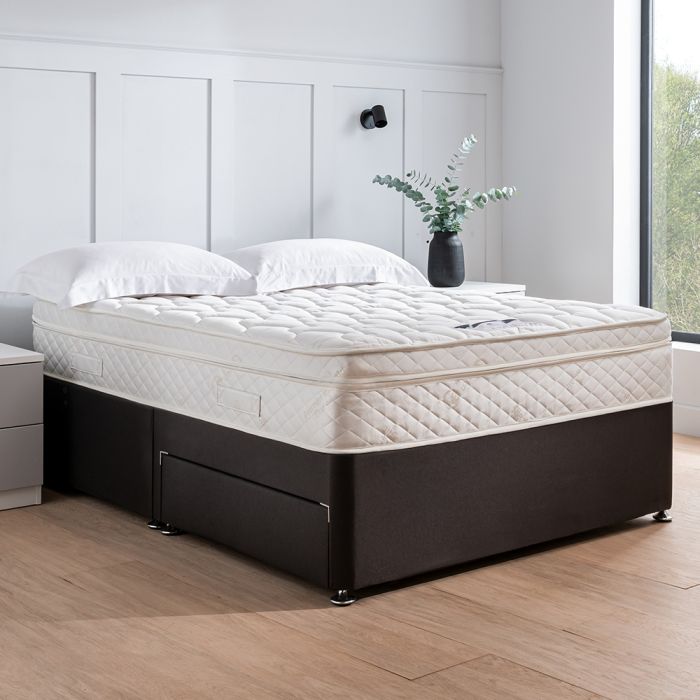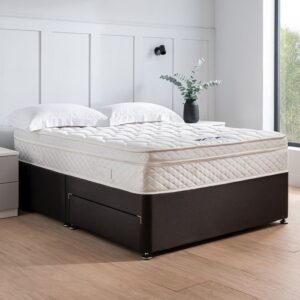Furniture plays an essential role in our daily lives, serving as both functional elements and expressions of personal style within our living spaces. From the chairs we sit on to the beds we sleep in, furniture affects how we interact with our environments and contributes significantly to our comfort and well-being. As a critical aspect of interior design, furniture transcends mere utility, embodying artistry and craftsmanship. Over the centuries, furniture design has evolved alongside changing cultural trends, technological advancements, and individual preferences, making it a fascinating subject worthy of exploration.
The history of furniture design dates back to ancient civilizations, where practicality often dictated the form and function of pieces. Early furniture was primarily constructed for utility, with simple designs that served basic needs. For example, ancient Egyptians created stools and tables using wood, while the Greeks and Romans advanced the craft, incorporating materials like marble and bronze. As societies evolved, so did the styles of furniture, reflecting cultural values and artistic movements. The Renaissance, for instance, saw a shift towards ornate designs with intricate carvings, while the Industrial Revolution introduced mass production, making furniture more accessible to the general public. This historical context highlights how furniture has always been a mirror of societal change, adapting to the needs and desires of the time.

In the modern era, mattress sale continues to evolve, with contemporary styles often embracing minimalism and functionality. The mid-20th century marked a significant turning point in furniture design, as designers began to prioritize clean lines, organic forms, and an emphasis on materials. Iconic pieces such as the Eames Lounge Chair and the Barcelona Chair emerged, blending comfort with aesthetic appeal. Today, many designers are inspired by sustainable practices, seeking to create furniture that is not only beautiful but also environmentally friendly. The focus on sustainable materials and ethical manufacturing processes has become increasingly important, as consumers become more conscious of their impact on the environment. This shift in priorities reflects a growing awareness of the relationship between design, functionality, and ecological responsibility.
Furniture also plays a vital role in shaping the atmosphere of a space. The right pieces can significantly enhance the ambiance, contributing to feelings of comfort, relaxation, or productivity. For example, a well-designed living room with cozy seating and warm lighting can create a welcoming environment for family gatherings and socializing. In contrast, a sleek, minimalist workspace can foster focus and creativity. Color, texture, and arrangement all play crucial roles in the overall aesthetic and functionality of a room. Interior designers often consider these elements carefully when selecting furniture, aiming to strike the right balance between style and practicality to meet the needs of the occupants.
In addition to aesthetics, the ergonomic design of furniture has become an essential consideration in recent years. As more people spend extended hours working from home or sitting at desks, the importance of comfort and support in furniture design has come to the forefront. Ergonomically designed chairs, desks, and workstations aim to reduce physical strain and promote better posture, ultimately improving productivity and well-being. This focus on health and wellness is reshaping the furniture market, with consumers increasingly seeking pieces that enhance their physical comfort. Manufacturers are responding to this demand by incorporating advanced materials and adjustable features into their designs, ensuring that modern furniture meets the diverse needs of today’s users.
The influence of technology on furniture design cannot be overlooked either. The rise of smart home technology has prompted the integration of digital features into furniture, creating pieces that enhance convenience and functionality. From smart beds that adjust to sleeping patterns to coffee tables with built-in wireless charging pads, the fusion of technology and furniture design is creating innovative solutions for modern living. As the Internet of Things (IoT) continues to expand, it is likely that we will see even more interconnected furniture designs that respond to users’ needs in real-time. This intersection of technology and design opens up new possibilities for the future of furniture, transforming our living spaces into more dynamic environments.
In conclusion, furniture serves as more than just functional objects in our lives; it is an art form that reflects culture, history, and personal style. From ancient designs to modern innovations, the evolution of furniture continues to shape our environments and influence our daily experiences. The emphasis on sustainability, ergonomics, and technology illustrates the changing priorities of consumers and designers alike. As we navigate the complexities of modern living, the importance of thoughtful furniture design becomes increasingly evident, underscoring the need for pieces that enhance both comfort and aesthetics. The future of furniture is bright, promising exciting developments that will continue to enrich our homes and lives for years to come.





















+ There are no comments
Add yours